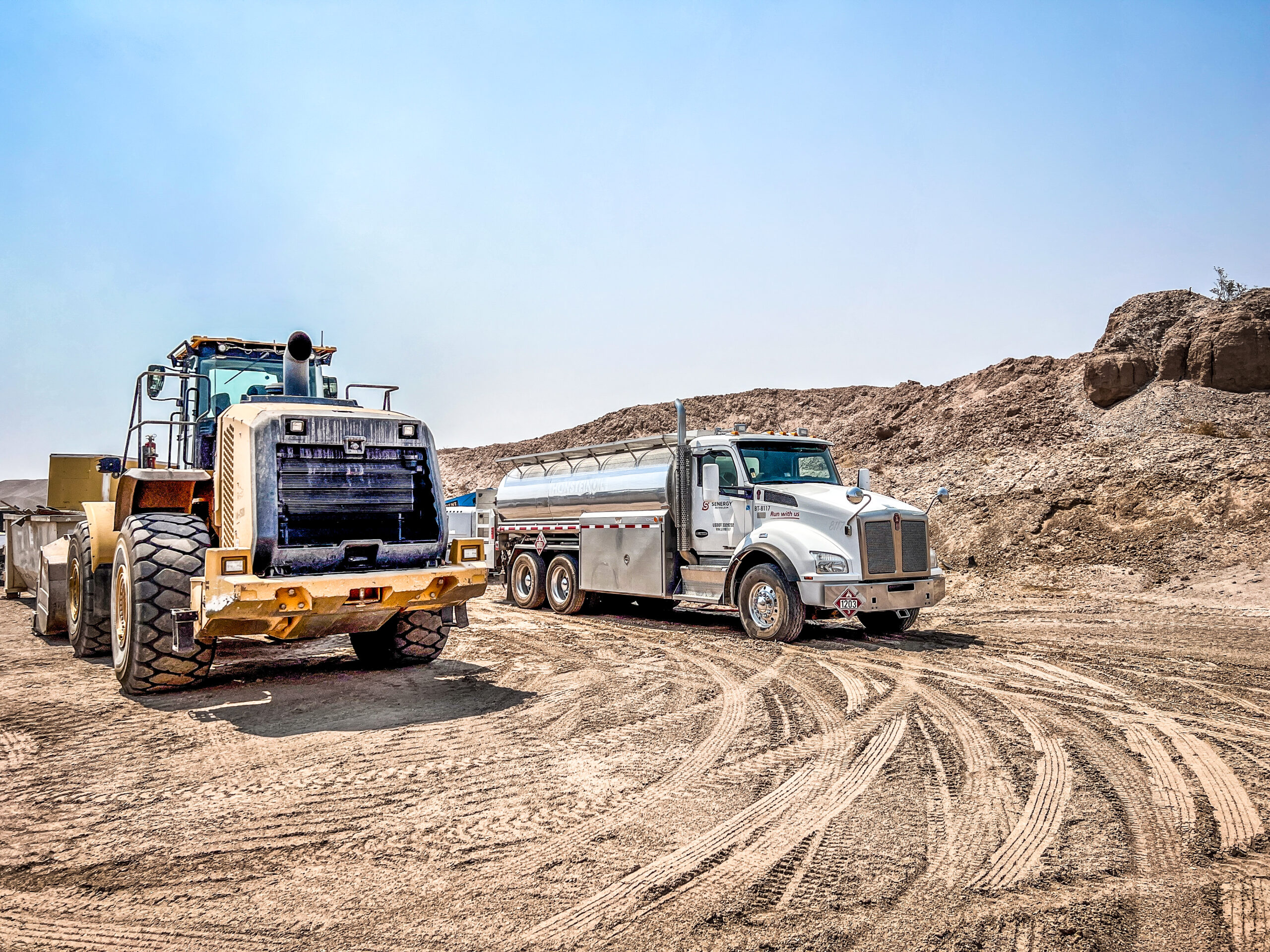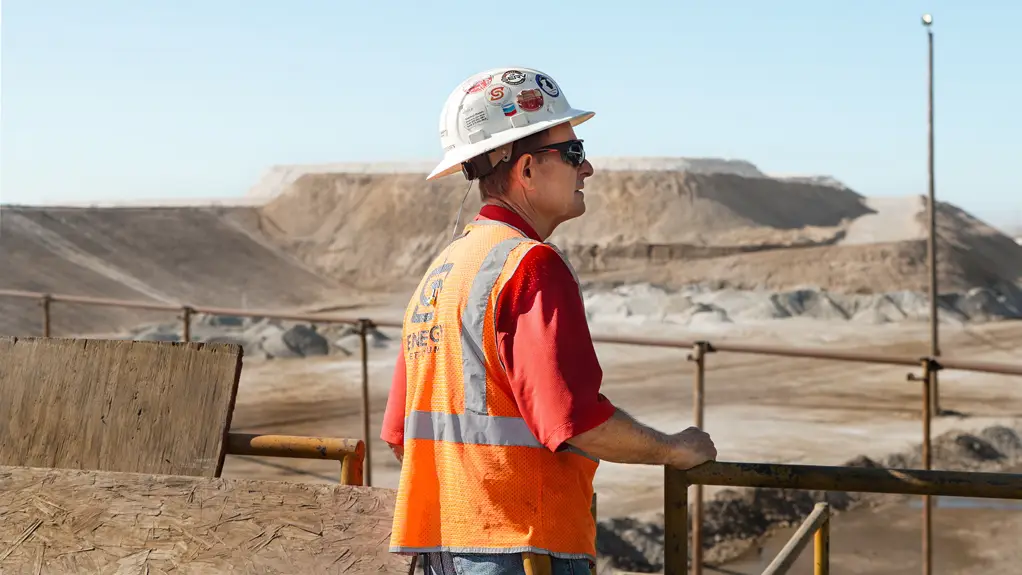Technology has redefined refueling at mines, transforming it from a manual and inefficient process into a streamlined operation. Drivers once fueled machines individually, relying on checklists and rough schedules. Delays were common—fuel trucks often arrived too late, leaving equipment idle, or too early, wasting time and resources with partially full tanks. These inefficiencies increased costs and reduced production time.
Now, sensors on fuel tanks and machines monitor fuel levels in real-time and relay the data to a central system. Managers receive alerts about when and where refueling is needed, ensuring precise timing, minimal waste, and fewer interruptions. GPS integration allows dispatchers to plan the most efficient routes for fuel trucks, further optimizing operations.
Modern fuel storage solutions have also revolutionized mining logistics. New tank designs simplify installation and maintenance. Combined with fast-fill equipment and remote monitoring, these innovations have significantly enhanced efficiency and productivity in mining operations.





